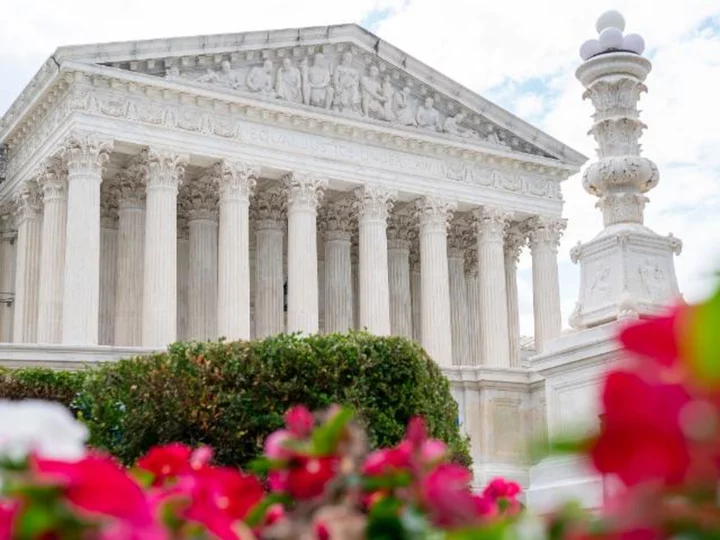The Supreme Court on Friday sent back to state court an Ohio redistricting case that raised the same, sweeping theory about the "Independent State Legislature" theory that the justices recently rejected in a case arising out of North Carolina.
By returning the case to the Ohio Supreme Court, the justices wiped away previous rulings striking down congressional maps for Ohio and instructed the state court to reconsider the dispute under the US Supreme Court's new opinion in the North Carolina dispute earlier this week.
Republican state officials in Ohio had turned to the US Supreme Court after the state Supreme Court repeatedly rejected congressional maps drawn by the GOP-controlled Ohio legislature and by the state's redistricting commission, which is made up of elected officials in the state, a majority of whom are Republican.
The officials described the case, Huffman v. Neiman, as a "companion" case to Moore v. Harper, a dispute over North Carolina's redistricting plan where Republican lawmakers were arguing that the US Constitution severely limited the role state courts can play in policing rules for federal elections from state legislatures.
The Ohio officials urged the US Supreme Court to embrace the independent state legislature theory and rule that the state Supreme Court had violated the US Constitution in invalidating a congressional map adopted by the legislature.
The voting rights advocates that challenged the maps, arguing that they were extreme partisan gerrymanders that ran afoul of the state constitution, told the US Supreme Court in filings that that there were aspects about Ohio litigation that made it distinct from the legal fight around North Carolina's map.
They noted that Ohio's constitution includes specific limits on partisanship in state redistricting plans, thanks to a compromise anti-gerrymandering reform that had been passed by the state's legislature.
Since the Ohio Supreme Court struck down the GOP-drawn congressional maps, its makeup has changed, with Republican wins in the midterm elections pulling the state supreme court further to right.









